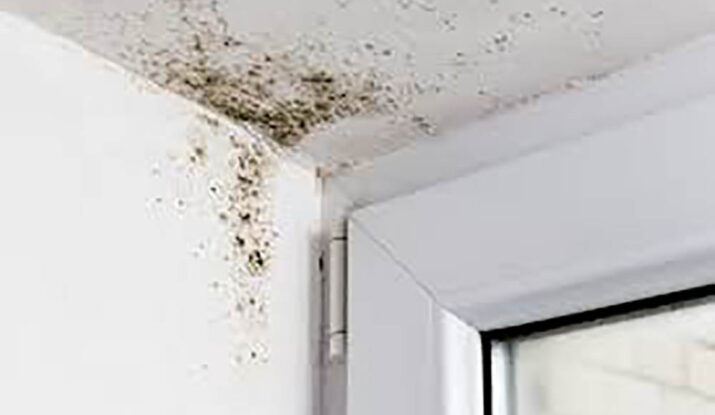Mold is a common problem in humid and dusty climates, and one of the most frustrating issues homeowners face is black mold on the outside of the house. It not only looks unpleasant but also weakens walls and poses health risks if it spreads indoors. Whether you’re dealing with mouldy walls outside or inside your bathroom, knowing the right techniques for removing mould from walls is essential for protecting both your property and your health.
🌬️ Why Does Black Mold Appear on Walls?
Mold thrives in damp, shaded, and poorly ventilated areas. On the exterior of houses, it usually grows due to:
- Constant exposure to rain and humidity.
- Shaded walls with little sunlight.
- Poor drainage or water leaks.
- Porous wall materials that absorb moisture.
Indoors, mouldy walls are often found in bathrooms, kitchens, and areas near air conditioning ducts.
🚫 Risks of Leaving Mold Untreated
Ignoring black mold on outside of house or on indoor walls can lead to:
- Permanent staining and structural damage.
- Spread of spores indoors, affecting indoor air quality.
- Health issues such as allergies, asthma, and skin irritation.
That’s why getting rid of mould on walls should never be delayed.
🛠️ How to Clean Mould Off Walls (Step-by-Step)
If you’re wondering how to clean mould off walls, here’s a practical approach:
- Wear Safety Gear
- Use gloves, a mask, and goggles to avoid inhaling spores.
- Prepare a Cleaning Solution
- Mix white vinegar and water (1:1 ratio) OR use a mild bleach solution (1 part bleach to 4 parts water).
- Scrub the Area
- Apply the solution with a sponge or soft brush.
- For removing mould from walls, scrub gently to avoid damaging paint or plaster.
- Rinse and Dry
- Wipe clean with water and allow the wall to dry completely.
- Disinfect
- Spray an anti-fungal solution to prevent regrowth.
👉 Many experts recommend vinegar as the best way to clean mould off walls because it’s eco-friendly and kills spores effectively.
🛁 How to Deal with Mould in Bathrooms
Bathrooms are the most common place for mould growth because of steam and humidity. To control it:
- Keep exhaust fans running after showers.
- Wipe tiles and walls dry regularly.
- Use mold-resistant paint or sealant.
- Book professional mould removal services for stubborn infestations.
🌟 Professional Mold Removal vs. DIY
While DIY solutions work for small patches, professional mold remediation is best when:
- Mold keeps coming back.
- Large areas of mouldy walls are affected.
- You notice musty odors or allergy symptoms.
Professionals not only remove mold but also address the root cause, such as leaks or poor ventilation.
📋 FAQs
Q: What’s the best way to clean mould off walls naturally?
A: White vinegar or baking soda solutions are eco-friendly and effective.
Q: Can black mold on outside of house spread indoors?
A: Yes—spores can enter through AC ducts, windows, or ventilation systems.
Q: How do I stop mould from returning?
A: Fix leaks, improve ventilation, and schedule regular inspections.
🏆 Final Word
Whether it’s black mold on outside of house or stubborn mouldy walls indoors, the key is fast action. For small patches, natural solutions like vinegar work well. But for larger infestations, especially in bathrooms or AC ducts, professional mould inspection and removal is the safest and most effective option.
📞 Concerned about mold in your home? Contact a trusted mold removal service in Dubai and protect your property and family today.

